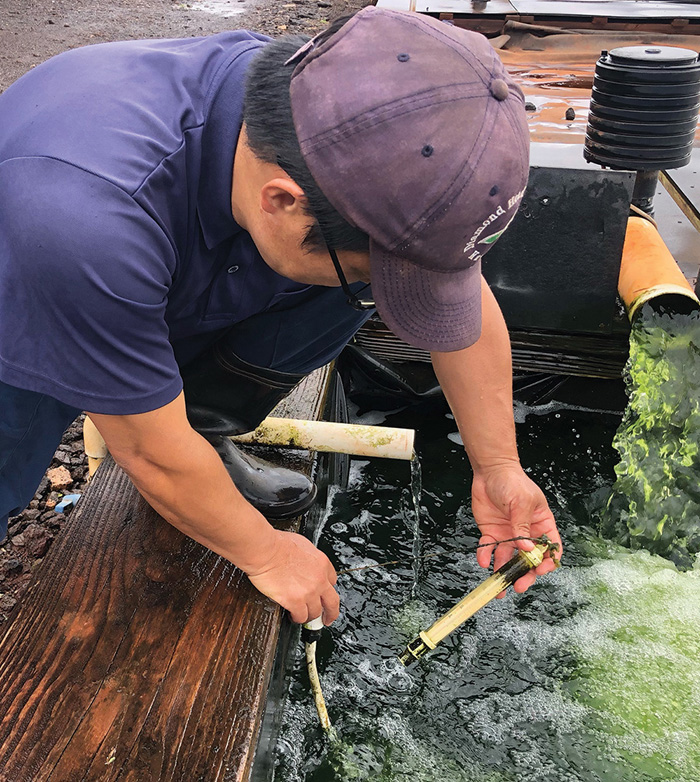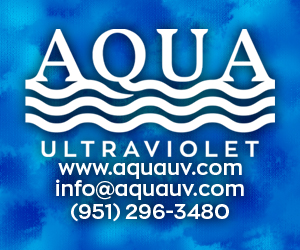
If your koi should die or even look sick, you would be in a panic. If you did not know why the koi was dead or sick, you might wonder if your other koi were in danger as well.
Being in the koi business for almost 50 years in Japan as well as in the United States, my koi farm gets many phone calls or emails asking for help. I would like to share 10 common questions we ask to try to understand your situation so we can make suggestions accordingly. Please use them as a checklist so you can understand the situation yourself. If you have this information available before you call for help, it will help those who help you greatly.
Please note that we are not veterinarians. Our answers to these questions may not stand by proper medical knowledge. We are simply sharing the information that we found useful in the course of running a koi farm and working with our koi customers.The answers to these questions help us visualize your pond and koi situation and possibly identify causes of the sickness. There are five causes of koi sickness: bacteria, parasites, fungus, virus and accidents. (Viruses are rare and require the professional help of a veterinarian.)
1. What are the water parameters?
Check your water temperature and pH, ammonia and nitrite levels. It is said that 80% of koi health issues come from water. If you consider the fact that koi live in water, it makes sense. Understanding the basic water parameters is critical. This information helps us understand where the problem might have started. Poor water quality always triggers problems, both parasitic and bacterial.
2. How big is your pond?

Understanding the pond environment may give us a clue of what might have happened. Knowing the total size in gallons of water is also critical when deciding what dose of medication is needed. If you do not know your total gallons of water, I strongly recommend measuring now. There are many ways to do it; a few of them can be found in blogs on my website.
3. How many koi do you have?
Population density affects the health of koi. If you have too many koi in a pond with poor filtration, it will pollute the water and make your koi sick. Knowing your pond, koi population and filter system is very important.
4. How is the koi swimming?
Is the koi flashing, or scratching itself against the pond walls or rocks? Is it sitting at the bottom? Is it floating with its tail up? Is it floating, gasping for air by the waterfall? Is it only one koi or a group of koi? If the koi are dead already, how was it swimming just before it died? A koi’s behavior can tell us many things. If they are flashing or sitting at the bottom, chances are they have parasites. If they are gasping and floating, they may have gill damage caused by parasites or bacteria. It can also be just a lack of dissolved oxygen.
5. Are there external ulcers?
Does your koi have any external injury markings? If you see open wounds, it is definitely a bacterial issue. You need an antibacterial treatment. This could also be a secondary infection coming from parasites, so we would need to examine that possibility, too. We often overlook issues found on the bottom of koi, so please do not forget to check them.
If you do not see any issues on the body, but the koi still does not look right, the cause could lie inside the gills, like parasites or an infection. I recommend you make the koi sleep and then open and check the gill. Even if the koi is dead, you should check to see if there is any damage before you bury the body.
If the koi is dead, open the gill cover and check to see if there is any damage. Don’t forget to take pictures before you bury the body.
6. When did it start?
Did the signs of sickness recently start, or have they been going on for quite a while? If symptoms just started, you may only have to treat one koi in a quarantine tank. If you have been dealing with the problem for a while, you may have to treat the whole pond.

7. How many koi are infected?
Do you see the signs of sickness on only one koi, or more? This tells us how serious the problem is and how quickly we need to work on the problem.
8. Does the koi have an appetite?
If the koi still eats, that is a good sign. It still has the energy to eat. It is also great information, because in this case, feeding medicated food becomes an option.
9. What do you feed? How often?

What you are is what you eat. If the koi’s diet is not proper, it is hard to maintain good health, just like for us humans. A poor diet will not kill a koi right away, but it will affect the koi’s health over time. Malnutrition or lack of a proper diet can be the cause of sickness or death.
10. Did you do anything new lately?
This includes adding plants, introducing new koi and performing water changes. New additions could come with parasites or other issues. Understanding a possible trigger of the problem can help us determine what happened and what we might do to fix it.
I hope these basic questions help you whenever you see issues with your koi. Please examine your pond and koi using this list. If you are going to ask for help, this information would be very useful and appreciated. If you can take pictures of the ulcers or whatever you think is wrong, that would also be a big help for both veterinarians and dealers like myself.
Let’s keep your koi healthy, and be happy with koi. For more information about preventative measures and symptoms of common koi diseases, check out my website at www.kodamakoifarm.com.



Thanks for sharing this great article.